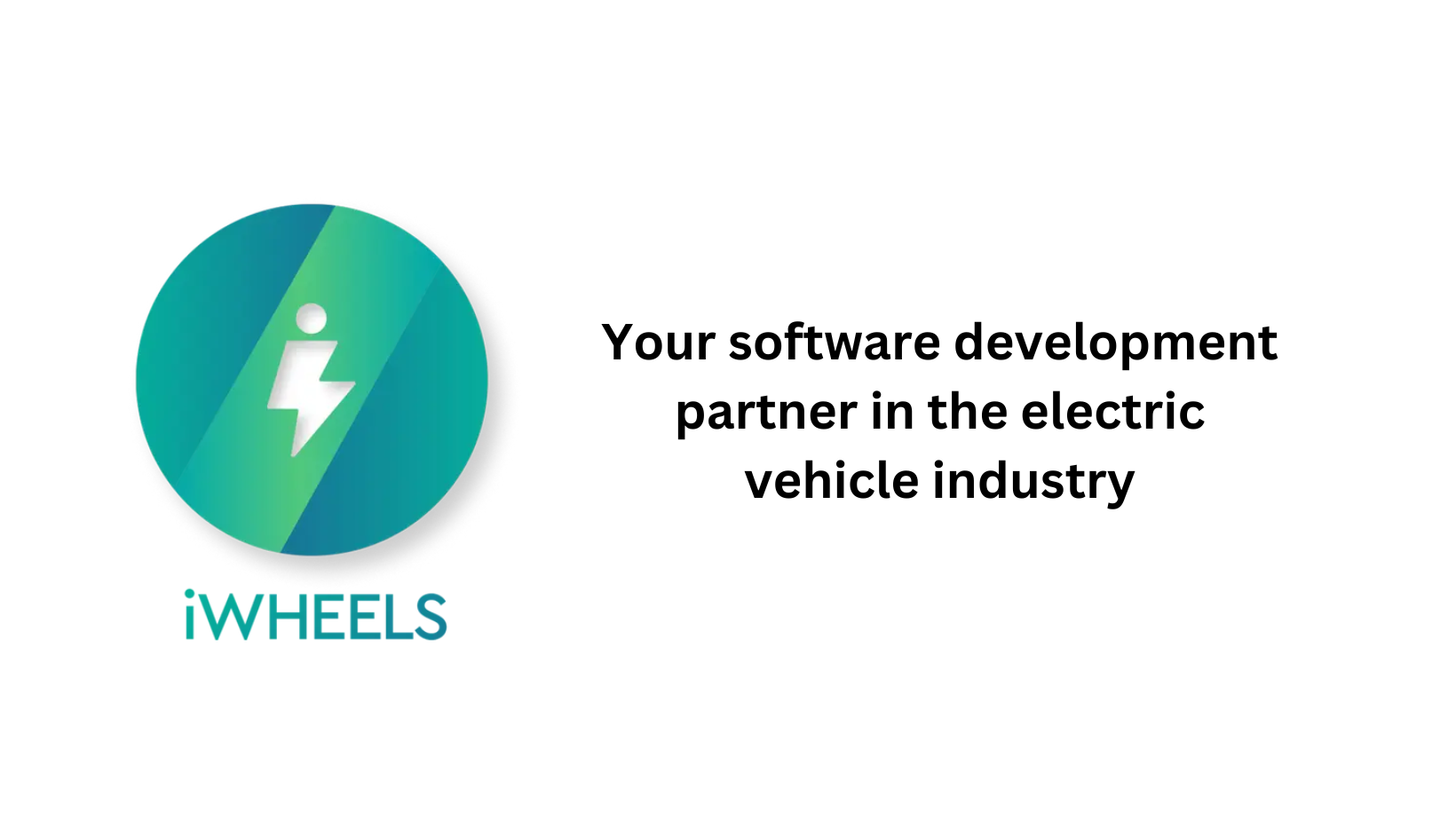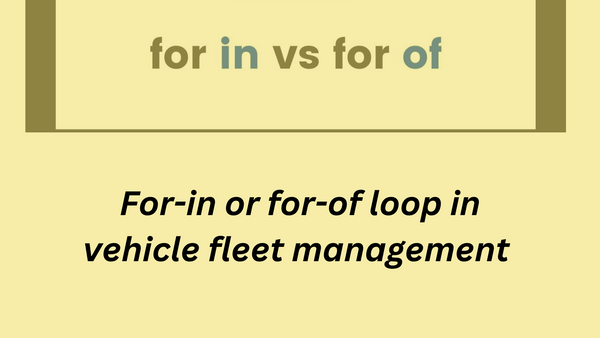Introduction on Smart Electric Vehicle Charging Infrastructure
Hello People. This article gives you an introduction on Smart Electric Vehicle Charging Infrastructure
What is a Smart Electric Vehicle Charging Station?
The requirement for charging stations in parking structures and garages is more important as the EVs on the road multiply. For long distance commuters, an available charging station may be a critical requirement to ensure the ability to finish the round trip and make it home.
Beyond the physical existence of charging stations, several critical needs must be filled to meet the increasing demand for charging infrastructure, including the grid capacity and the electrical circuits that make charging possible.
Are you looking to start your business in the electric vehicle industry? We provide software development, web application development, mobile application development, charging stations management app, electric vehicle fleet management software development, cyber security and all software services. Please check our home page here https://iwheels.co/

Ok. Let's get back to the article.
One solution is charging stations that service multiple vehicles at the same time with a given infrastructure.
Multiple parts of the infrastructure need to be shared in order for a charging station to truly service multiple vehicles simultaneously.
The charging system needs to share the plug port by safely plugging in multiple vehicles at once, it needs to share the circuit by rationing the available power in order to not overload the circuit, and it needs to share the grid capacity by intelligently scheduling charging in order to avoid peak consumption.
An EV charging system that safely multiplies the number of EVs that can be connected to a circuit by rationing the power allotted to each EV can be called a smart charging station.
Functioning of Control System in a EV Charging System
A software based system will allow the intelligence to be upgraded and the system integrated with other devices and networks as network of devices. The server may communicate with any entity interested in the charging of EVs, including the user, the vehicle, the EVSE (Electric Vehicle Supply Equipment), grid devices, and relevant external entities.
The data may include critical information required for initializing the charging process such as the user/vehicle account ID, payment information, and the port or device where the EV is connected.
Data may also include information that is not critical to charge initialization but may be helpful to optimize the charge scheduling, such as the state of charge of the battery, the power availability, weather and power consumption forecasts, condition of the power transformer used by an EV charger, and demand response or price signals from the grid.
Charging system communication requirements
In an intelligently controlled EV charging system, the controller must obtain basic information to make decisions and fulfill the required tasks such as track users, queue charging, take payment, track power consumption, allocate resources, etc.
The first piece of data that the control center requires to begin a charge sequence is user/vehicle identification and the charge point that the EV is connected to. Correct mapping of each user/vehicle ID with the ID of the charge point it is connected to, is critical.
This ensures that the proper charge point is energized and provides power to the customers EV. Correct mapping also facilitates accurate payment transactions, optimal resource allocation, and statistics tracking to enhance the system.
In order to provide the above mentioned flexibility, the central control system needs to be highly configurable. Because this EV charging system is network and hardware neutral, its controls can be any collection of processing and memory capability whether it is a server, a network of computing assets or cloud based.
How intelligently the control system manages the EV charging with respect to fairness to the users, the stabilizing effects it has on the wider grid and amount of money it can save by optimally and dynamically scheduling EV charging is only limited by the capabilities of the software, the computing hardware and the network that support it.
The system can be set up to aggregate demand and participate in the energy market, it can be set up to respond to DR (demand response) signals, or it can focus solely on meeting the customers demand. It also can be configured to work seamlessly with any microgrid controllers.
Algorithms used in Smart EV stations
The basic functions of the control system is to map a EV (whether it is identified by the driver or the vehicle) to a charging station, then schedule and control the EV charging.
Once a mapping is implemented, each charge schedule may be customized by the requirements of the consumer, the requirements of the EV charge device, the local circuit or the grid requirements.
The level of sophistication required for the controller depends on the level of sophistication in which these duties are required to be executed. If all the EVSEs are the same, no multiplexing is implemented, and no users or usage is tracked, then the control system can be quite simple.
This control system would only require a database of similar chargers mapped to temporary user IDs, all charging following a single algorithm. If each charge point has its own power capacity and rules of use, a more complex system is required
. These rules of use may depend on what type of multiplexing is being implemented or the limits on the local grid. When accounts are used for frequent customers, a database for account holders is required.
If consumption statistics are needed, a database for consumption statistics must be implemented. If higher level of charge scheduling is needed, then more intelligent systems can be implemented. These intelligent systems may include forecasting and sophisticated algorithms that balance both the grid and user requirements.
Hope this article on Introduction on Smart Electric Vehicle Charging Infrastructure is useful to you. To read about jobs in the Electric Vehicle Industry, please visit Job opportunities in Electric Vehicle Sector and its Charging Infrastructure industry




